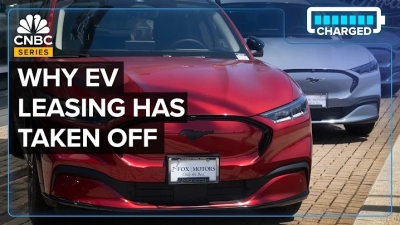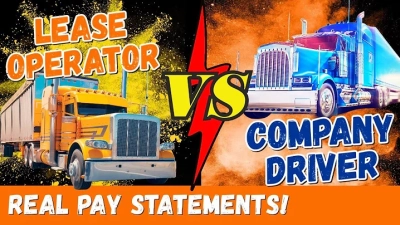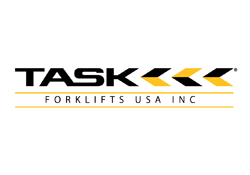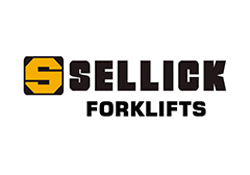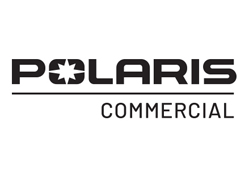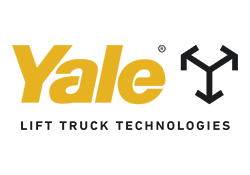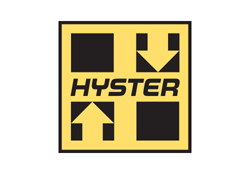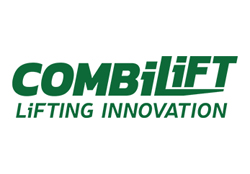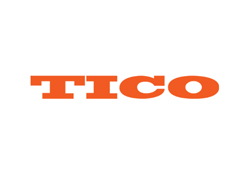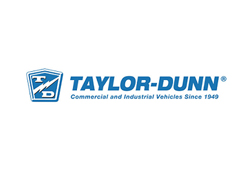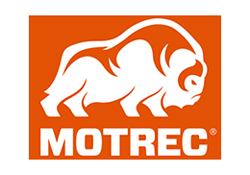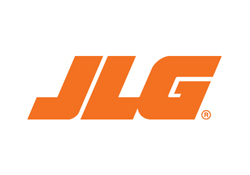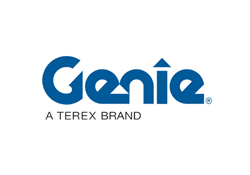Top 10 Reasons Global Buyers are Choosing Forklift Leasing Over Purchasing in 2023
In 2023, the dynamics of the material handling industry are shifting as global buyers increasingly opt for forklift lease solutions rather than outright purchases. According to a report by the Material Handling Industry of America (MHIA), nearly 60% of businesses now favor leasing equipment, a significant rise from previous years. This trend can be attributed to the fluctuating economic climate, which has necessitated more flexible and cost-effective options for managing operational costs. Forklift leasing not only conserves capital but also provides companies with access to the latest technology and equipment without the burden of long-term commitment.
Moreover, data from the International Warehouse Logistics Association (IWLA) reveals that 75% of warehousing companies are embracing leasing to enhance their operational efficiency. With the rapid pace of innovation in forklift technology, businesses are recognizing the advantages of leasing, such as reduced maintenance costs and the ability to choose from the latest models as their needs evolve. As we delve into the top reasons driving this shift, it becomes clear that the forklifts lease approach is reshaping how companies manage their logistics and inventory challenges in a competitive market.
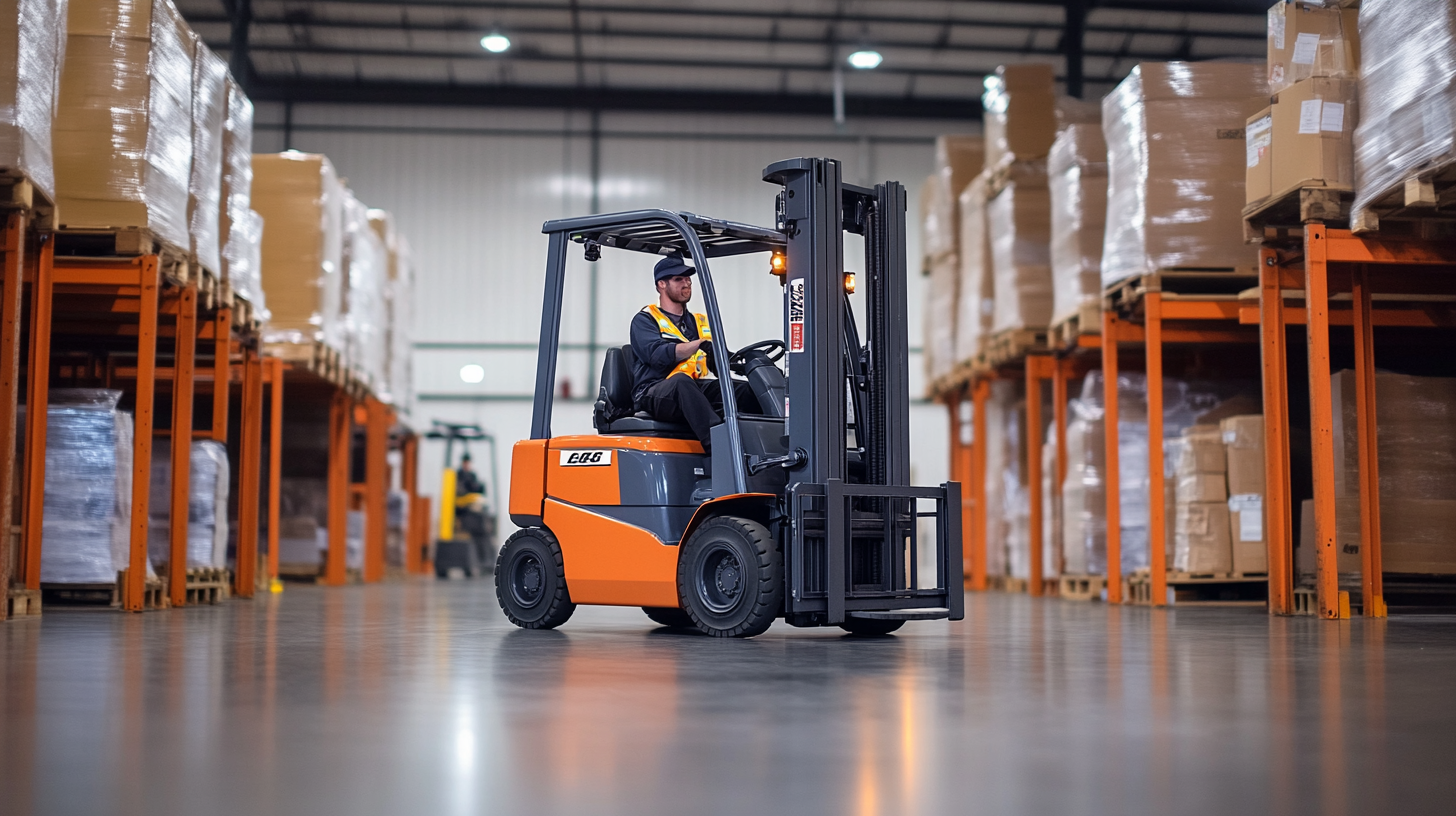
Understanding the Financial Flexibility of Forklift Leasing
In 2023, the trend of forklift leasing is gaining significant traction among global buyers, primarily due to the financial flexibility it offers. Leasing forklifts provides businesses with the opportunity to allocate their capital more efficiently. Rather than tying up substantial funds in purchasing machinery outright, companies can channel their resources towards innovation, workforce expansion, or enhancing their product offerings. This financial agility is particularly vital in a dynamic market where adaptability can influence long-term success.
Furthermore, leasing allows businesses to keep up with technological advancements without facing the burden of depreciating assets. As forklift technology evolves, leasing facilitates easy upgrades to newer models that incorporate the latest safety features and fuel efficiency improvements. This not only helps companies maintain a competitive edge but also ensures that their operations remain compliant with industry standards and regulations.
Additionally, leasing often comes with inclusive maintenance and service packages, reducing the unpredictability of repair costs and minimizing downtime. This integrated support means that businesses can focus on their core operations rather than administrative tasks associated with equipment ownership. Overall, the financial flexibility and operational advantages of forklift leasing make it an increasingly attractive option for companies aiming to thrive in today’s complex economic landscape.
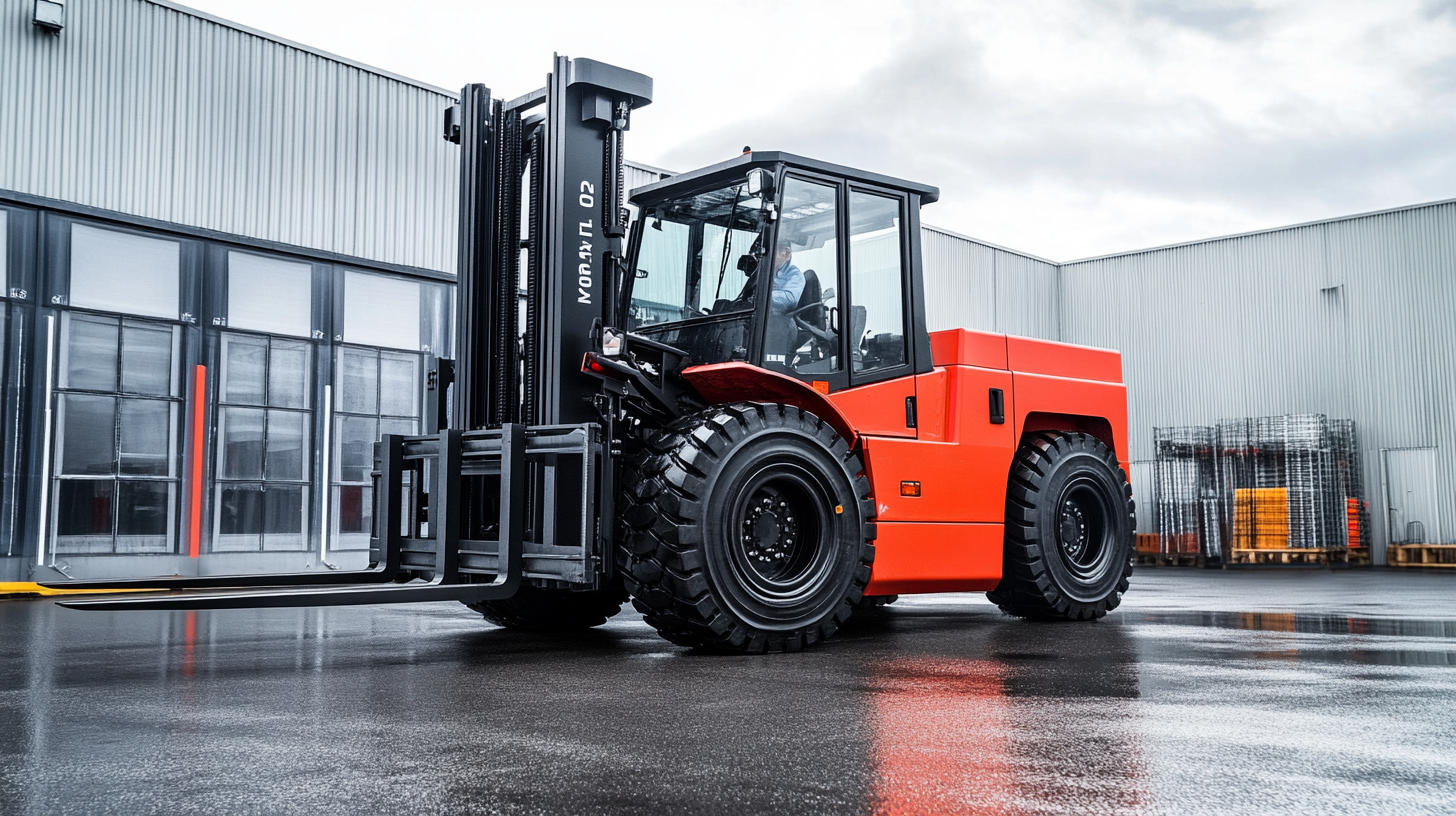
Maintaining Up-to-Date Equipment: The Case for Leasing
In today's fast-paced business environment, maintaining up-to-date equipment is essential for companies aiming to enhance productivity and efficiency. One of the most effective ways to achieve this is through forklift leasing, which offers a flexible and cost-effective solution. By choosing to lease forklifts rather than purchasing them outright, businesses can ensure they always have access to the latest models equipped with advanced technology and safety features.
Leasing allows companies to avoid the significant upfront costs associated with purchasing forklifts. Instead, they can allocate their capital to other critical areas of their operations while enjoying the benefits of modern equipment. This is particularly important in industries where technology evolves rapidly, as leasing provides the opportunity to upgrade to newer models with improved functionality without the burden of ownership. Regularly updating equipment not only enhances productivity but also minimizes downtime associated with maintenance and repairs on older machines.
Furthermore, leasing often includes maintenance packages, alleviating the pressure on businesses to handle repairs or service schedules independently. This can lead to better operating efficiency, allowing companies to focus on their core operations rather than managing equipment logistics. By opting for forklift leasing, organizations not only stay ahead in terms of technology but also streamline their operational processes, making it a smart choice in the competitive landscape of 2023.
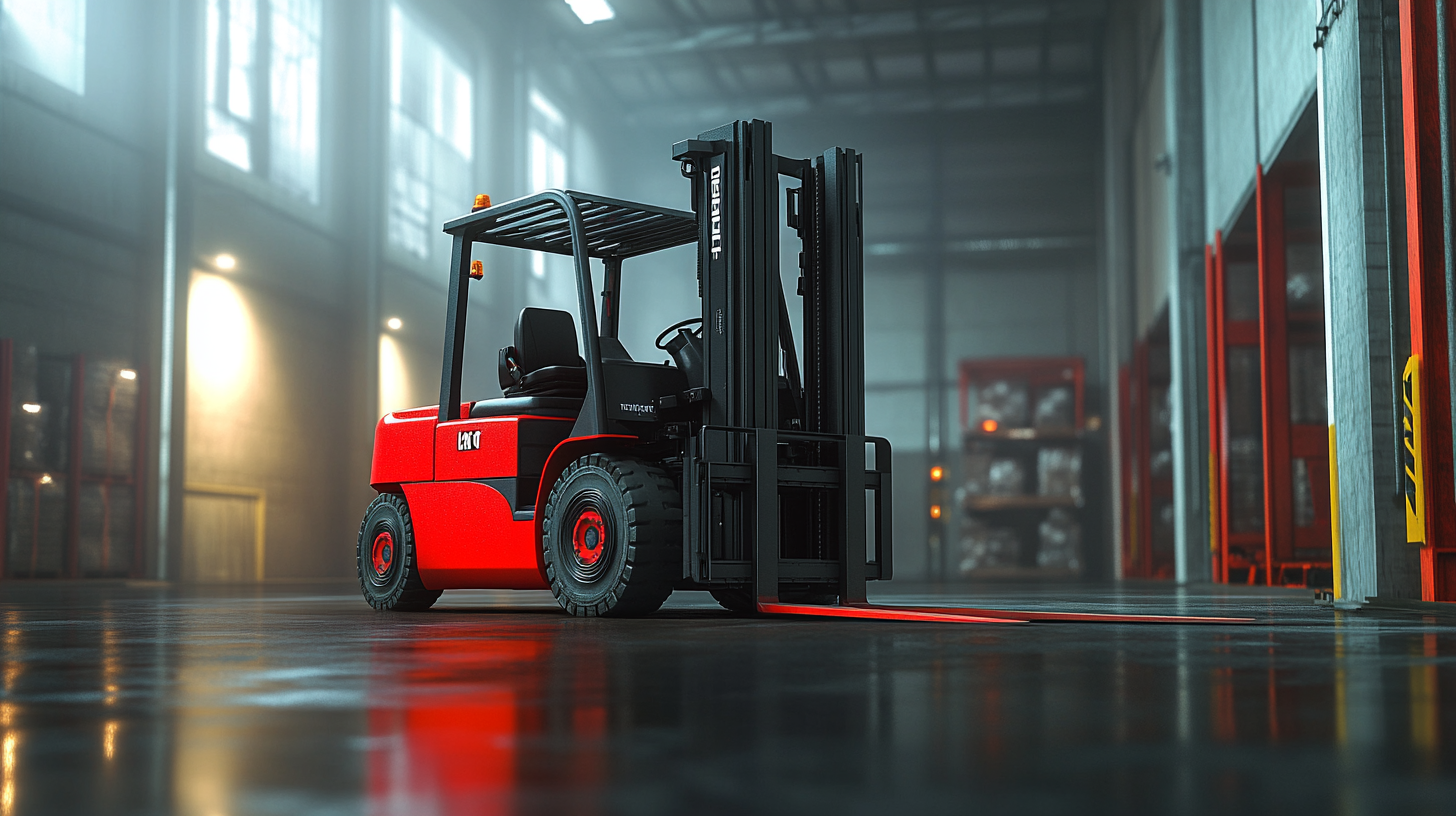
Reduced Maintenance Costs: Why Leasing Makes Sense
In 2023, global buyers are increasingly opting for forklift leasing instead of purchasing due to several compelling reasons, with reduced maintenance costs being at the forefront. Leasing helps businesses minimize their maintenance expenses significantly. According to industry reports, companies that lease equipment report up to a 50% reduction in maintenance and repair costs compared to those that own their forklifts outright. This is particularly advantageous for businesses looking to maintain budget predictability and manage operational cash flow effectively.
Leasing not only alleviates the immediate financial burden associated with purchasing heavy machinery but also provides flexibility in terms of upgrading to the latest technology. Since leased forklifts are typically newer models, they often come with warranties that cover maintenance and repairs for the duration of the lease. This means businesses can focus on their core operations without the concern of unexpected equipment failures and the financial strain of extensive repairs.
Furthermore, similar to the car leasing industry, where lower monthly payments and lease incentives attract buyers, forklift leasing also offers competitive rates and the potential for higher residual value. This makes leasing an attractive option for businesses that prioritize short-term financial commitments while still needing reliable and efficient equipment. By leveraging leasing, companies can allocate their capital more strategically, investing in other critical areas of their operations while enjoying the benefits of reduced maintenance costs in the process.
Top 10 Reasons Global Buyers are Choosing Forklift Leasing Over Purchasing in 2023
In 2023, global buyers are increasingly opting for forklift leasing due to various benefits, including reduced maintenance costs. The following pie chart illustrates the top five reasons for this trend.
Addressing Seasonal Demand Through Flexible Leasing Options
As businesses navigate the complexities of seasonal demand, many are turning to forklift leasing as a flexible solution that meets their varying operational needs. In 2023, the trend toward leasing instead of purchasing is becoming increasingly attractive for global buyers looking to enhance their workflows without the long-term commitment of owning equipment. This shift allows companies to adapt quickly, scaling their forklift fleet up or down based on peak seasons or fluctuating demand.
Flexible leasing options provide not only financial relief but also the opportunity to stay updated with the latest technology. By leasing, companies can access modern, high-performance forklifts that come equipped with advanced features, enhancing productivity and safety on the warehouse floor. Additionally, leasing often includes maintenance and service support, ensuring that the equipment remains in optimal working condition without additional costs or hassle for the lessee.
Furthermore, leasing enables businesses to allocate their capital more effectively. Instead of tying up funds in an asset that may only be used during specific times of the year, companies can invest in essential areas like workforce training or inventory management. This strategic approach allows for better resource management while still ensuring that operational needs are met with the right equipment at the right time. Overall, forklift leasing is emerging as a smart choice for businesses aiming to thrive in today's dynamic market environment.
Minimizing Upfront Capital Investment with Forklift Leasing
In 2023, global buyers are increasingly leaning towards forklift leasing rather than outright purchasing, primarily to minimize upfront capital investments. As businesses strive to adapt to the fast-paced demands of modern supply chains, leasing provides a flexible solution that mitigates the substantial financial burden of purchasing new equipment outright. This trend is particularly pronounced in sectors driven by e-commerce and warehousing, where the need for efficient material handling solutions is paramount.
With the forklift market projected to reach $119 billion by 2033, the financial advantages of leasing are becoming clearer. Companies can reserve their capital for other critical areas, such as technology upgrades or workforce expansion, while still accessing state-of-the-art forklifts. This approach not only alleviates the pressure of maintaining an extensive fleet but also allows companies to stay agile, adapting their equipment needs as business demands fluctuate.
Forecasts also show promising growth in regional markets, such as Australia, where the forklift rental sector is expected to grow at a CAGR of 5.8% from 2023 to 2030. In the United Kingdom, the market is anticipated to grow from $4.74 billion in 2023 to $6.60 billion by 2029. Such statistics underscore the rising preference for leasing models that support varying business lifecycles while ensuring companies can meet their operational demands without significant upfront capital outlay.
Top 10 Reasons Global Buyers are Choosing Forklift Leasing Over Purchasing in 2023
This chart illustrates the key reasons why businesses prefer forklift leasing over purchasing. The focus is on minimizing upfront capital investment, highlighting the importance of financial flexibility for companies in 2023.
